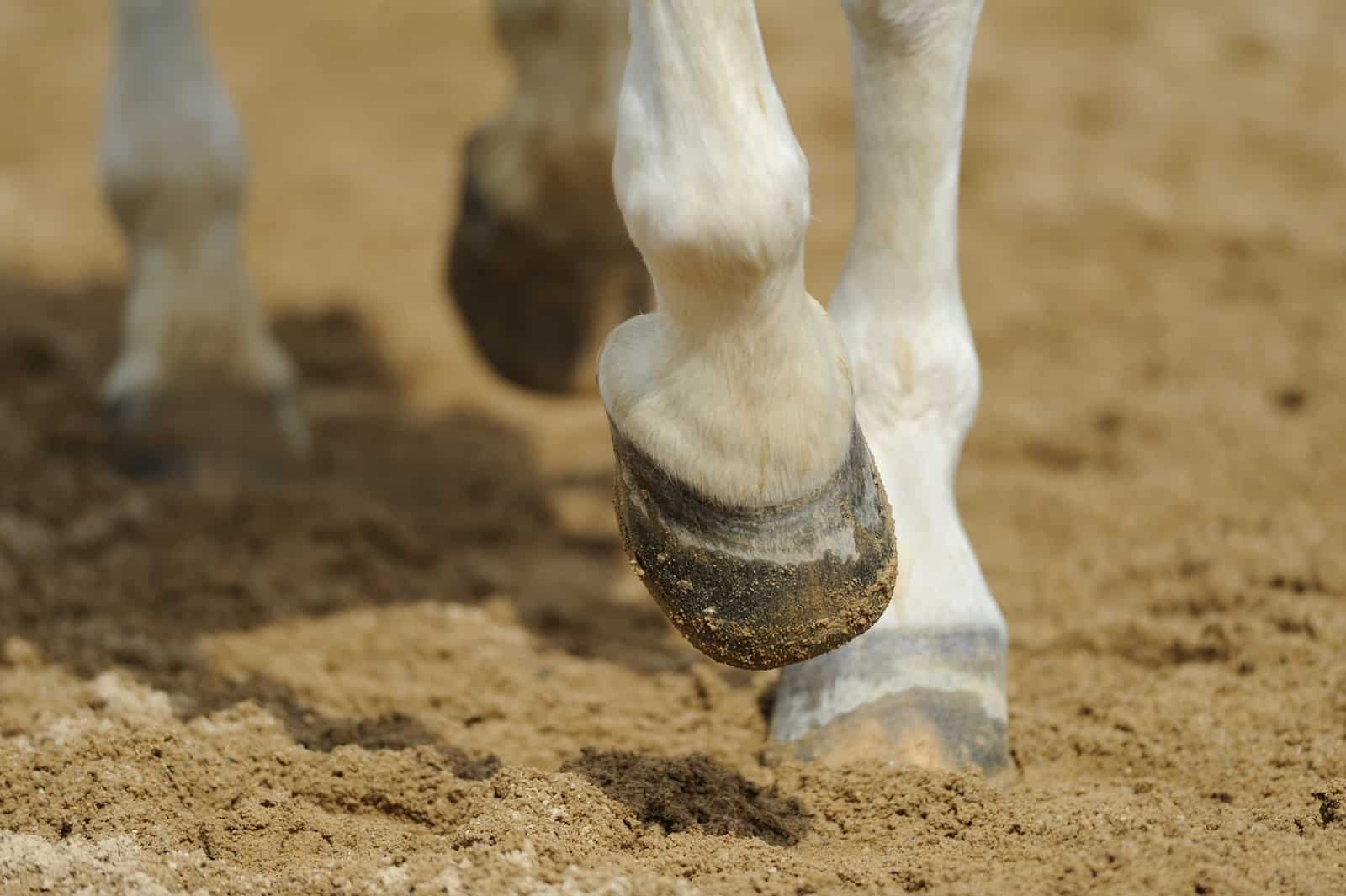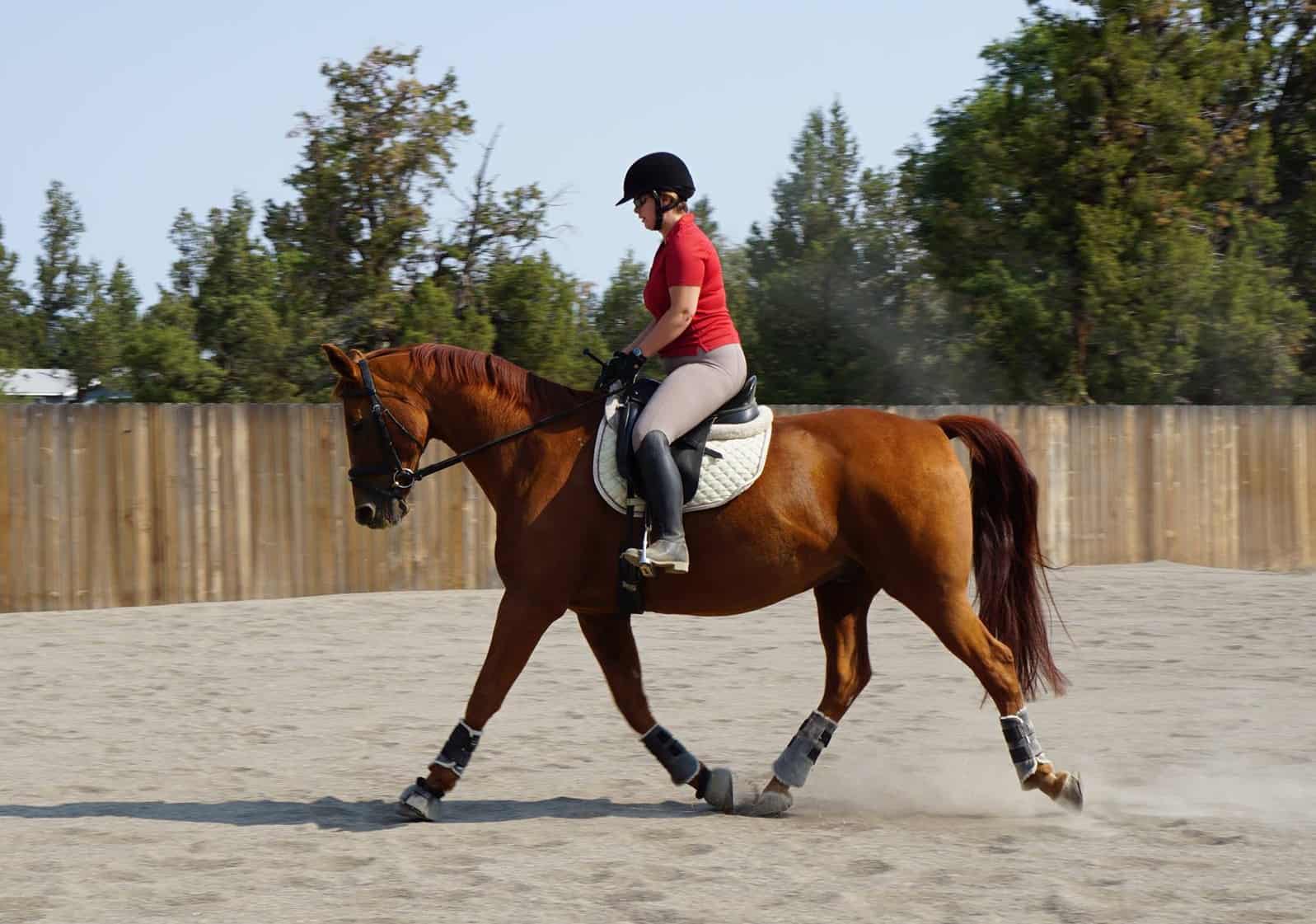Hot Topics in Hoof Care, Part 1: Horse Hoof Biomechanics

Managing equine feet and any problems that arise in them requires a balance of science and art. While there’s a collection of hard data about the horse hoof, each individual horse—even each foot—is different. The best approach is an integrated one, in which veterinarians and farriers work together to find hoof care solutions.
But it’s rarely that straightforward. Hoof care methods, from basic barefoot trims to high-tech shoes, vary from farrier to farrier and practitioner to practitioner. To that end, organizers of the American Association of Equine Practitioner’s (AAEP) Annual Convention, held last year in Las Vegas, offered attendees the option to participate in a one-day off-site AAEP Podiatry Workshop.
Approximately 150 veterinarians and farriers spent the first half of the day in lectures and the second half in wet labs, where world-renowned podiatry presenters evaluated and shod several challenging equine cases. Topics presenters covered included hoof biomechanics, imaging, shoeing the “normal” foot, and farrier/veterinarian perspectives on the most common equine foot issues, specifically club feet, underrun heels (long-toe, low heels), mismatched feet, and sheared heels. The Horse sat in to bring you the highlights from this in-depth, information-packed workshop
Create a free account with TheHorse.com to view this content.
TheHorse.com is home to thousands of free articles about horse health care. In order to access some of our exclusive free content, you must be signed into TheHorse.com.
Start your free account today!
Already have an account?
and continue reading.

Related Articles
Stay on top of the most recent Horse Health news with


















